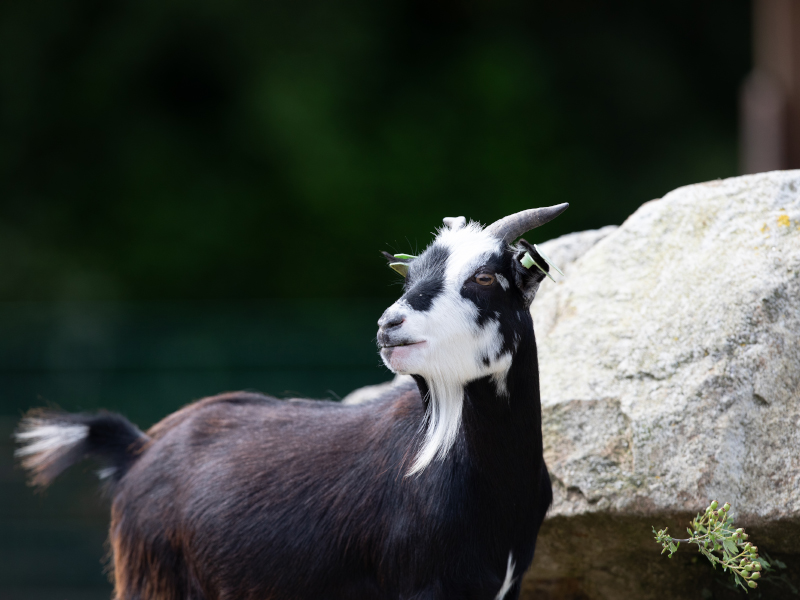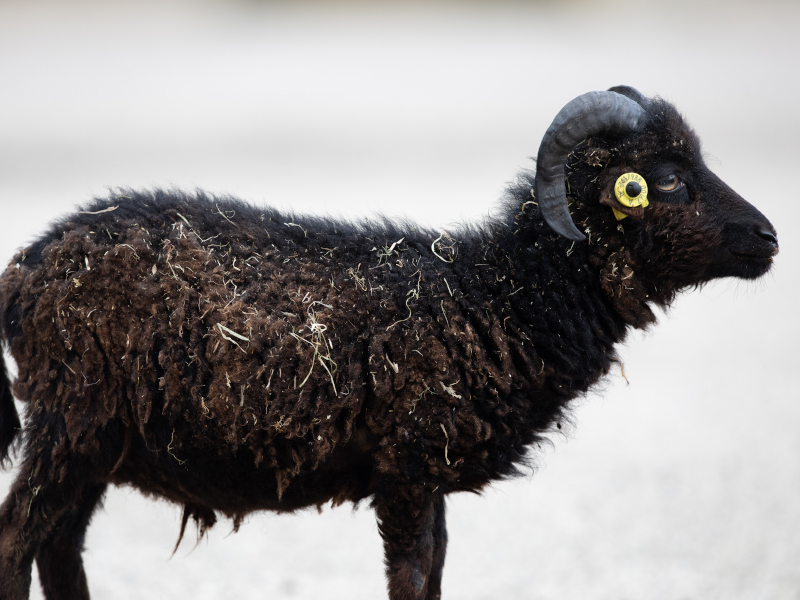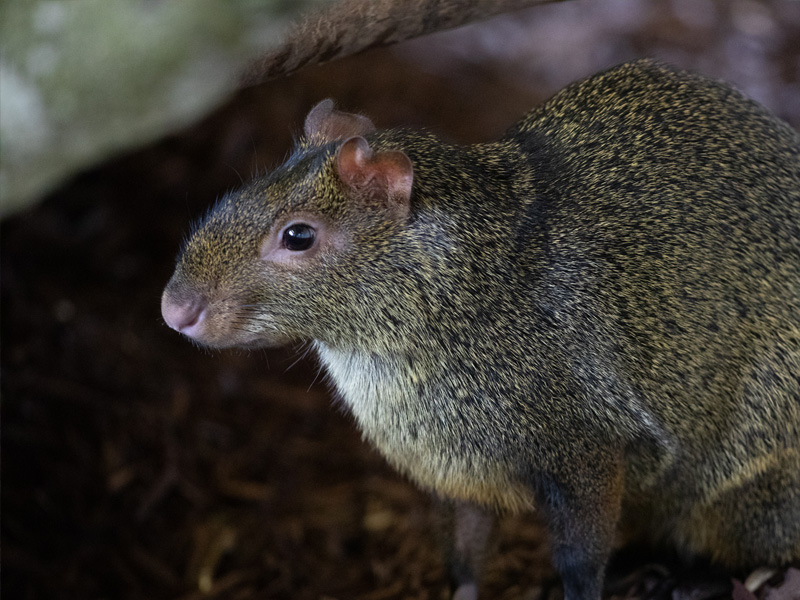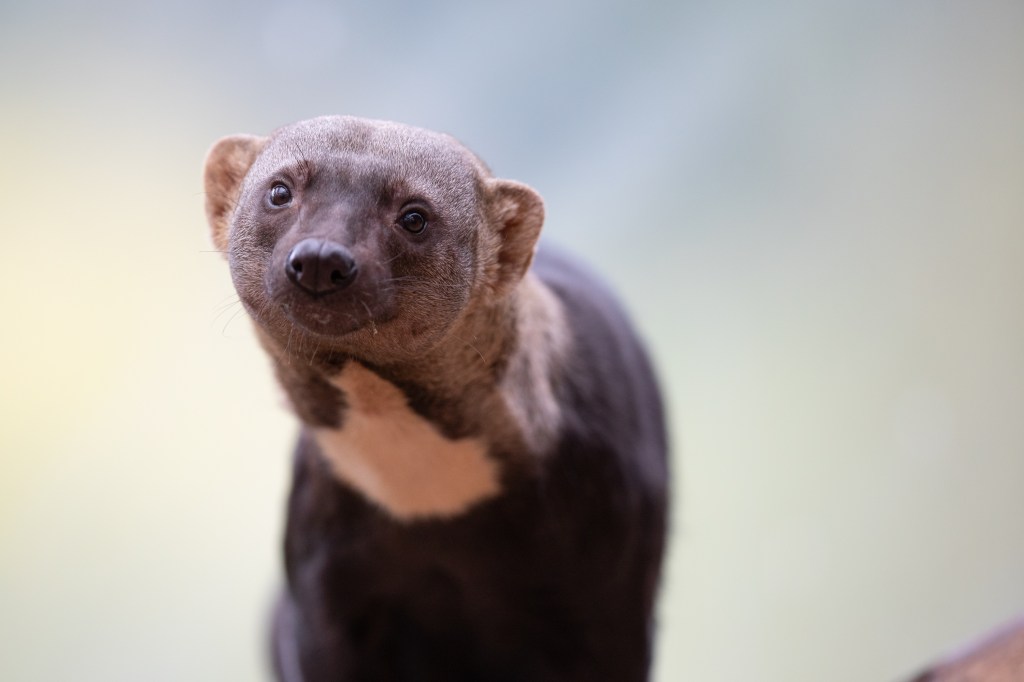Rock hyrax are closely related to elephants and manatees. Rock hyrax are a terrestrial Mammal and can also be called a ‘Rock Dassie’.
Upon first appearance a hyrax could be mistaken for a rodent, surprisingly they are members of the clade Paenungulata, making them more closely related to elephants and manatees than any other group of mammals.
While they are a small, thickset mammal, their teeth and skull are noticeably similar to that of their much heavier relatives. Their rubbery damp feet are especially adapted for climbing, allowing them to climb steep rock faces.
Unlike other browsing mammals, they do not use their incisor teeth to slice off leaves; they use their molar teeth at the rear of their mouth.
Rock hyrax are not ruminants but have a multichambered stomach that allows bacteria to break down tough plant matter.

Popular Searches

Rock hyrax
-
Introduction
-
Conservation
Rock hyrax are of least concern.
Although populations are stable, in some parts of its range, the rock hyrax is hunted for its meat and skin. Urban development and agriculture expansion are also contributing to the pressure on wildlife for survival. -
Habitat
Rock hyrax can be found in Africa and the middle east around the Arabian Peninsula up to Lebanon. In East Africa, they are found at sea level and all the way up to altitudes of more than 4,000 meters (14,000 feet).
Their habitats range from dry savannah to dense rainforest to cold Afro-alpine moorland. They live along rock faces inhabiting rock crevices which they use to escape predators. -
Fun Facts
One territorial male will protect a harem of 3 to 7 females, with whom he will mate. After a gestation period of 7-8 months, the females will give birth to 2-4 young. The young are well developed at birth with fully opened eyes.
Rock hyrax will use designated latrines. As time goes on the accumulation of faeces and urine congeals into a large solid. This substance can be used in several applications including perfume production.
They form a circle when feeding with their heads pointed outwards to keep watch for any predators.


















